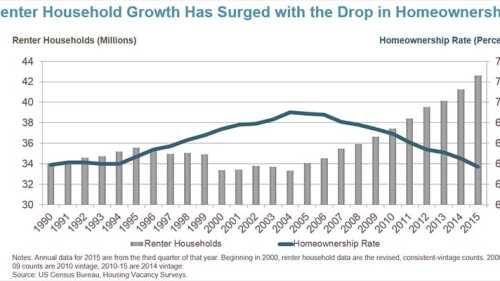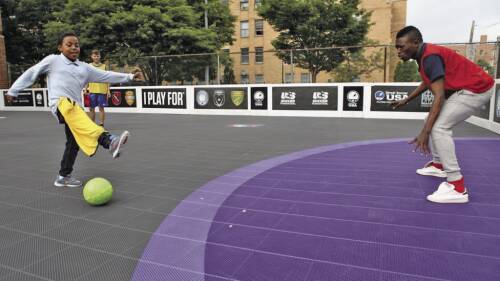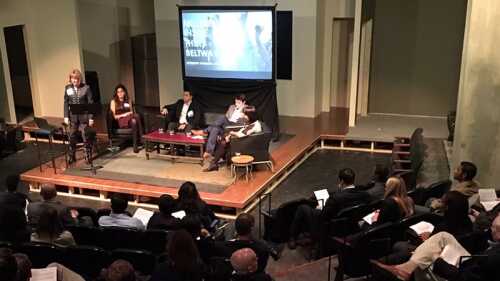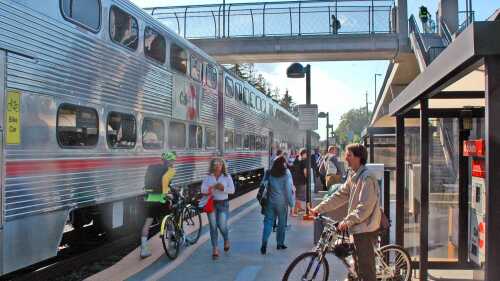Residential
With arts, office, and recreational offerings, Philadelphia’s Center City is drawing new residents—of various ages—to downtown living.
According to a report by Harvard’s Joint Center for Housing Studies, the United States has seen an unprecedented increase in those living in rental housing, with nearly 9 million rental households added since 2005. While private lending has increased in the sector, new construction is largely focused on the higher end of the market.
This book by Barbara Miller Lane, an emeritus professor of history at Bryn Mawr College in Pennsylvania, describes a unique era in American homebuilding that gave both working-class and more upwardly mobile middle-class Americans a shot at what many consider the American dream—a house and a yard in the suburbs.
The United States is in the midst of a diversity boom that could rival or even surpass that seen during the baby boom of the last half of the 20th century, demographer William Frey writes in his 2014 book Diversity Explosion. In a question-and-answer session, Frey discusses the implications of changing demographics on U.S. housing.
With 120,000 people flocking to cities every day, urban migration highlights the need for adequate shelter. The key challenge for providers of affordable housing in Asian cities is finding developable land and securing the capital to build housing on a massive scale, an international panel of housing experts said at the Habitat for Humanity Asia-Pacific Housing Forum in Hong Kong in September.
The shrinking supply of workforce and affordable rental housing in cities across the United States has sparked innovative financing vehicles from an array of real estate firms to preserve the units, helping stem the loss of an urgently needed product, according to a report released by ULI and NeighborWorks America.
Soccer is more than just a game in East New York. For hundreds of residents in this low-income Brooklyn neighborhood of New York City, soccer is also seen as a gateway to a better life. Nonprofit groups use the sport to help disadvantaged residents learn critical skills.
The summer of 2015 saw the most significant legal and regulatory developments to break down residential segregation since the days immediately after the assassination of Dr. Martin Luther King Jr. on April 4, 1968—with potentially profound impacts for communities across the United States.
While some analysts had worried that as millennials grew older they would settle down and raise their families outside of D.C., there seems to be little evidence of that happening yet, according to a new survey, conducted by Qualtrix on behalf of ULI Washington. Many millennials plan to stay inside the Beltway and are not necessarily worried about schools and day care because they are putting off having children, the survey shows.
Walkable streetscapes, housing, and other uses are coming to the sprawling Silicon Valley city.









